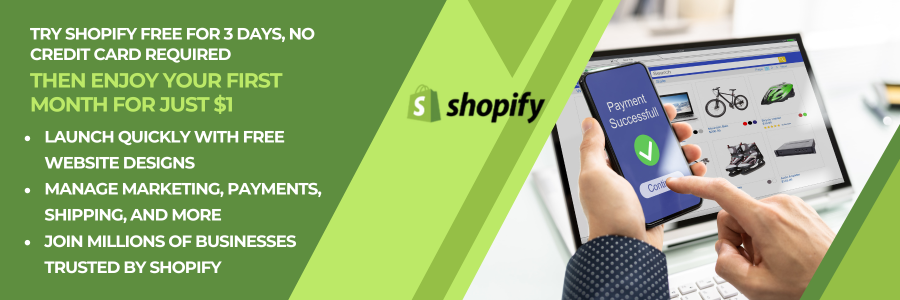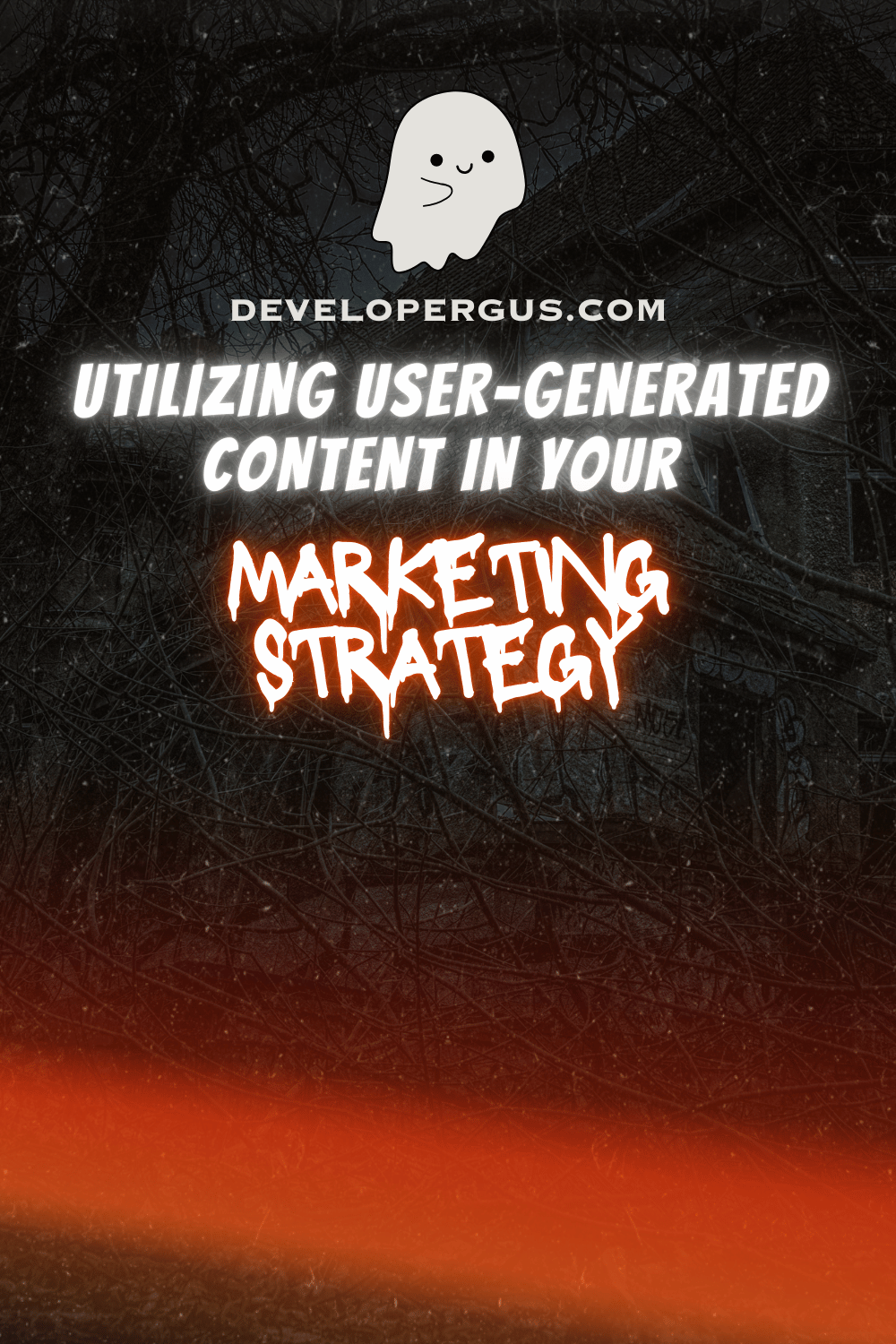User-generated content (UGC) has become a powerful tool in modern marketing strategies. I’ve seen firsthand how incorporating authentic content created by customers can significantly boost brand credibility and engagement. User-generated content includes reviews, social media posts, photos, videos, and testimonials that showcase real experiences with a product or service.

UGC offers unique advantages for marketers. It provides social proof, builds trust, and creates a sense of community around a brand. I’ve found that consumers are more likely to trust recommendations from peers than traditional advertising. By leveraging UGC, brands can tap into this trust and authenticity to connect with their audience on a deeper level.
Implementing UGC in marketing campaigns can take various forms. From featuring customer photos on social media to incorporating reviews in product pages, the possibilities are vast. I believe that the key to success lies in choosing the right type of UGC for your brand and audience. By doing so, you can create a more engaging and relatable marketing strategy that resonates with your target market.
The Power of User-Generated Content
User-generated content has become a game-changing tool in modern marketing strategies. It harnesses the authentic voices of customers to build trust and engagement with brands.
Defining User-Generated Content (UGC)
User-generated content refers to any form of content created by consumers rather than brands themselves. This can include social media posts, reviews, images, and videos shared on various online platforms.
UGC is often seen as more relatable and trustworthy than traditional marketing materials. It provides a genuine perspective on products or services from real users.
I’ve observed that UGC can take many forms:
- Customer reviews on e-commerce sites
- Instagram photos featuring branded products
- YouTube unboxing videos
- TikTok challenges using brand hashtags
Benefits of UGC in Marketing
Incorporating UGC into marketing strategies offers numerous advantages. Firstly, it builds credibility and trust among potential customers. People are more likely to believe recommendations from peers than direct brand messaging.
UGC also increases engagement. When consumers see their content featured by a brand, they feel valued and are more likely to interact further.
I’ve found that UGC can significantly boost conversion rates. Authentic customer photos or reviews often provide the final push needed for a purchase decision.
Additionally, UGC serves as a cost-effective content source. Brands can amplify user-created content across their marketing channels, reducing the need for expensive content production.
Developing a UGC Strategy
Creating an effective user-generated content strategy requires careful planning and execution. I’ll outline key steps to help you leverage UGC to achieve your marketing goals.
Setting Clear Objectives
I recommend starting by defining specific, measurable goals for your UGC campaign. These could include increasing brand awareness, boosting engagement rates, or driving conversions. For example, you might aim to increase Instagram followers by 20% or improve product page conversion rates by 10%.
It’s crucial to align UGC objectives with broader marketing and business goals. This ensures your efforts contribute meaningfully to overall success.
I suggest using the SMART framework:
- Specific
- Measurable
- Achievable
- Relevant
- Time-bound
This approach helps create focused, actionable objectives that guide your UGC strategy effectively.
Identifying Your Audience
Understanding your target audience is vital for UGC success. I recommend creating detailed buyer personas to guide your efforts. Consider demographics, interests, pain points, and preferred content types.
Analyze your existing customer base and social media followers. Look for common characteristics and behaviors. Use tools like social media analytics and customer surveys to gather insights.
Pay attention to:
- Age ranges
- Locations
- Interests
- Content consumption habits
- Preferred platforms
This information helps tailor your UGC strategy to resonate with your audience. It also informs decisions about content types, platforms, and storytelling approaches.
Choosing the Right Platforms
Selecting appropriate platforms is crucial for UGC success. I advise focusing on channels where your target audience is most active and engaged. Consider platform demographics, features, and content types.
Popular options include:
- Instagram: Ideal for visual content and younger audiences
- TikTok: Great for short-form video and trend-driven content
- Facebook: Suits a wide range of demographics and content types
- Twitter: Good for real-time engagement and customer service
Each platform has unique strengths. Instagram excels at visual storytelling, while Twitter is ideal for quick interactions.
I recommend starting with 1-2 primary platforms. This allows you to focus your efforts and resources effectively. As your strategy evolves, you can expand to additional channels.
Collecting and Curating UGC
Gathering and managing user-generated content effectively requires a strategic approach. I’ll explore key aspects of encouraging creation, handling legal considerations, and implementing content moderation practices.
Encouraging UGC Creation
To foster UGC creation, I start by clearly defining my goals and target audience. I create dedicated hashtags and run contests or challenges to inspire participation. For example, I might launch a photo contest asking customers to share images using my product.
I leverage social media platforms and UGC-focused tools to expand reach. Instagram and TikTok are particularly effective for visual content. I also use email campaigns to prompt loyal customers to share their experiences.
Incentives play a crucial role. I offer rewards like discounts, free products, or featured spots on my website to motivate users. Importantly, I always highlight and engage with the content users create to show appreciation and encourage ongoing participation.
Legal Considerations and Permissions
When collecting UGC, I prioritize obtaining proper permissions. I create clear terms and conditions for UGC submissions, outlining how I intend to use the content. This includes specifying platforms, duration, and any potential modifications.
I implement a robust consent process. For social media, I use platform-specific features like Instagram’s content request tool. For direct submissions, I use consent forms or checkboxes. I always give credit to creators when sharing their content.
I’m mindful of copyright issues, especially with music or branded elements in videos. To avoid infringement, I either obtain separate permissions or stick to content that doesn’t include copyrighted material.
Content Moderation and Management
Effective moderation is crucial for maintaining quality and brand alignment. I establish clear guidelines for acceptable content, considering factors like appropriateness, relevance, and authenticity. These guidelines are communicated to users before they submit content.
I use a combination of automated tools and human review for moderation. AI-powered solutions help flag potentially problematic content, while human moderators make final decisions. This balanced approach ensures efficiency and accuracy.
I organize approved content using tagging systems and categorization. This makes it easier to find and repurpose UGC across different marketing channels. I also track performance metrics for each piece of content to inform future curation decisions.
Regular reviews of my moderation process help me stay adaptable. I adjust guidelines and tools as needed to address emerging trends or challenges in UGC management.
Integrating UGC into Your Marketing Channels
User-generated content offers powerful opportunities to connect with audiences across various marketing channels. By strategically incorporating UGC, brands can boost engagement, build trust, and drive conversions through authentic, relatable content.
Social Media Integration
Social media platforms are ideal for showcasing UGC. I recommend creating branded hashtags to encourage users to share their experiences. For example, Starbucks’ #RedCupContest generated thousands of festive holiday-themed posts.
Reposting customer photos and videos on your brand’s social profiles can significantly increase engagement. I’ve found that UGC posts on Instagram generate 6.9 times higher engagement than brand-created content.
Consider running UGC contests or challenges to spark creativity and participation. GoPro’s #MillionDollarChallenge invites users to submit their best footage for a chance to be featured in the brand’s highlight reel.
UGC in Email Campaigns
Incorporating UGC into email marketing can breathe new life into your campaigns. I suggest featuring customer reviews and testimonials prominently in product recommendation emails.
User-submitted photos can make your emails more visually appealing and relatable. For instance, clothing brands can showcase real customers wearing their products instead of professional models.
Including UGC in welcome emails for new subscribers can help build trust and showcase your brand’s community. Consider creating a dedicated section highlighting customer stories or experiences.
Leveraging UGC for E-Commerce
On e-commerce platforms, UGC can significantly influence purchasing decisions. I recommend displaying customer photos and videos on product pages to provide real-world context and build confidence.
Implementing a review system that allows customers to rate products and share their experiences is crucial. Studies show that 93% of consumers find user reviews helpful when making purchase decisions.
Creating a UGC gallery or lookbook on your website can inspire potential customers and showcase product versatility. For example, Wayfair’s “Shop the Look” feature allows users to browse and purchase items from customer-submitted room designs.
Measuring the Impact of UGC
Tracking and analyzing user-generated content’s performance is crucial for refining marketing strategies. I’ll explore key metrics, engagement analysis techniques, and long-term effects on brand loyalty to help measure UGC’s true impact.
Key Performance Indicators (KPIs)
When measuring UGC impact, I focus on several essential KPIs:
- Reach: Total number of users exposed to UGC
- Engagement Rate: Likes, comments, shares divided by total impressions
- Conversion Rate: Percentage of users taking desired actions after interacting with UGC
- Sentiment Analysis: Positive, negative, or neutral reactions to UGC
I also track brand mentions and hashtag usage across social platforms. This helps gauge brand awareness and campaign effectiveness.
To visualize data, I use tools like Google Analytics and social media analytics dashboards. These provide insights into traffic sources, user behavior, and content performance.
Analyzing UGC Engagement
I dig deeper into engagement metrics to understand how users interact with UGC:
- Time spent viewing UGC content
- Click-through rates on UGC links
- User-generated content creation rate
- Follower growth attributed to UGC campaigns
I compare these metrics to non-UGC content to assess relative performance. This helps identify which types of UGC resonate most with the audience.
I also analyze comment quality and sentiment to gauge audience reactions. This qualitative data provides valuable insights into customer perceptions and preferences.
Long-Term Benefits on Brand Loyalty
UGC’s impact on brand loyalty often manifests over time. I monitor these long-term indicators:
- Customer Lifetime Value (CLV) increase
- Repeat purchase rates for UGC participants
- Brand advocacy scores among UGC creators
- Net Promoter Score (NPS) changes
90% of customers emphasize authenticity when choosing brands. I track how UGC influences this perception through regular surveys and feedback collection.
I also measure the impact on customer acquisition costs. As UGC builds trust, I often see reduced marketing expenses and higher organic growth rates.








Comments (2935)